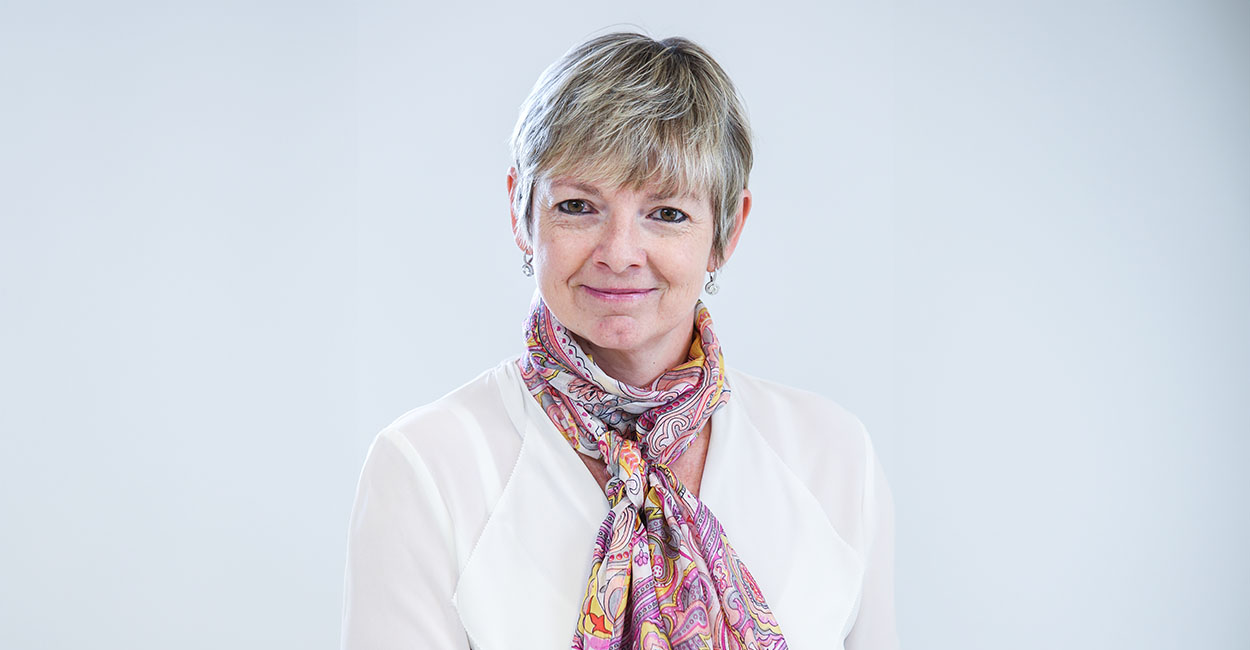The increase in residential building activity has been driven by flats and townhouses
Year-on-year growth in the volume of building activity in the planning phase of the South African market for new housing remained in the low single digits in the first two months of 2016, according to Absa’s latest Residential Building Stats report.
The volume of activity in the construction phase of new housing showed relatively strong growth compared with a year ago, which was the result of a sharp improvement in one segment of the market on a year-on-year basis since the start of the year. These trends are based on data published by Statistics South Africa in respect of building activity related to private sector-financed housing.
In January to February this year the number of new housing units for which building plans were approved increased by 3,2% year-on-year (y/y), or 271 units, to 8,806 units over this two-month period. The construction phase saw the number of new housing units built increasing by 28,1% y/y, or 1,443 units, to 6,575 units in the first two months of the year.
This growth, however, was the result of extremely strong growth in the segment for flats and townhouses. The number of flats and townhouses reported as being built increased by around 122% y/y, or 1,507 units, to a cumulative 2,739 units in January and February.
The sharp increase in housing units built in this segment of the market compared with a year ago may be attributed to reporting trends.
The average building cost of new housing constructed came to R6 403 per square metre in the first two months of the year, which was 8,7% higher than the average cost of R5 890 per square metre a year ago. The average building cost per square metre in the three categories of housing was as follows in January and February 2016:
• Houses of <80m²: R3 964
• Houses of ≥80m²: R6 459
• Flats and townhouses: R7 425
The South African economy is expected to experience tough times in 2016, with growth forecast at a much subdued 0,6%, while inflation and interest rates are in an upward cycle. Consumers are facing increased financial strain, with confidence levels set to remain low. Against this background, residential building activity may see some downward pressure in the rest of the year.







